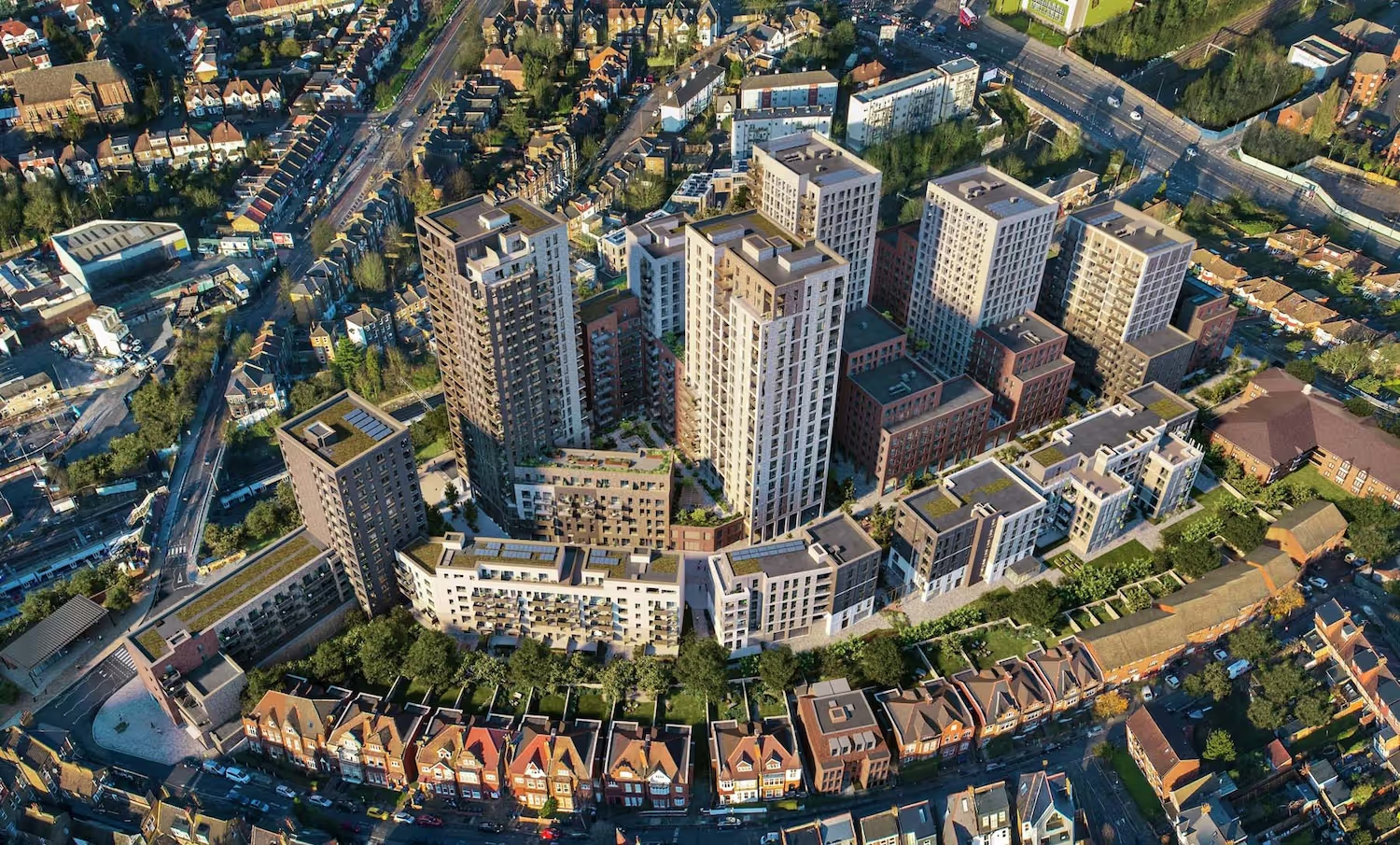Neighbour Disputes Over Daylight: What You Can (and Can’t) Do
Neighbour disputes over daylight are more common than you think. If a new build or extension is blocking your light, you may have a legal right to act — but that right only matters when you enforce it. This guide explains what you can (and can’t) do, how compensation works, and why litigation is often the only way to secure results.
Few things cause more tension between neighbours than an extension, a loft conversion, or a new block of flats that blocks your daylight. If you find yourself in this position, it’s natural to ask: what can I actually do about it?
The answer is that you may be protected by a right to light. But here’s the reality: you only get results when you back that right with litigation.
What You Can Do
- Check if you have a right to light
- If your window has received uninterrupted daylight for at least 20 years, you may have acquired a right under the Prescription Act 1832.
- Rights can also be granted in deeds or implied in certain circumstances.
- If your window has received uninterrupted daylight for at least 20 years, you may have acquired a right under the Prescription Act 1832.
- Get a right to light survey
- A specialist surveyor can measure whether the new building leaves your rooms too dark for ordinary use.
- If the survey shows interference, you may have a legal claim.
- A specialist surveyor can measure whether the new building leaves your rooms too dark for ordinary use.
- Take legal action
- This is the critical step. Surveys and letters prove interference, but only litigation forces your neighbour or the developer to negotiate.
- This is the critical step. Surveys and letters prove interference, but only litigation forces your neighbour or the developer to negotiate.
What You Can’t Do
- Rely on planning permission – planning rules don’t override private rights of light. A neighbour can still infringe your rights even if the council approved their scheme.
- Demand a view or direct sunlight – the law protects sufficient daylight for ordinary use, not a right to sunshine or a view.
- Expect results without risk – unless you’re prepared to litigate, developers have no incentive to pay you anything.
Why Litigation Changes Everything
The recent case of Cooper & Powell v Ludgate House [2025] makes this clear. Once interference was proved, the court’s focus was not on whether the Coopers had rights - that was obvious.
The focus was commercial:
What would be a reasonable sum for the developer to agree with the neighbour to release their rights so the scheme could proceed?
That is the conversation you only get when litigation is in play. Without it, your neighbour can ignore you.
How Compensation Is Assessed
If your dispute goes to court, compensation may be calculated in three ways:
- Negotiating Premium – a share of the developer’s profit uplift.
- Diminution in Value – the fall in your property’s value.
- The Hypothetical Bargain (Release Fee) – the commercial “deal price” a willing owner and developer would have agreed in advance.
This third way is increasingly central, and it only matters once litigation is live.
Why Daylight Protect Is Different
Neighbour disputes can feel intimidating. At Daylight Protect, we take the stress out by:
- Proving interference with expert survey evidence.
- Running the litigation process with solicitors, barristers, and surveyors.
- Covering the risk of costs if you lose.
That means you can enforce your rights without fear and the developer or neighbour knows you’re serious.
The Bottom Line
Neighbour disputes over daylight can be messy. But the law is clear: your right to light is enforceable. And the only way to enforce it effectively is through litigation.
Without litigation, nothing happens. With litigation, the developer has to ask: how much do we need to pay to carry on?
✅ Key takeaway: You can’t stop every neighbour’s build, but you can protect your daylight and secure fair compensation, by using litigation to enforce your rights.
Similar insights

